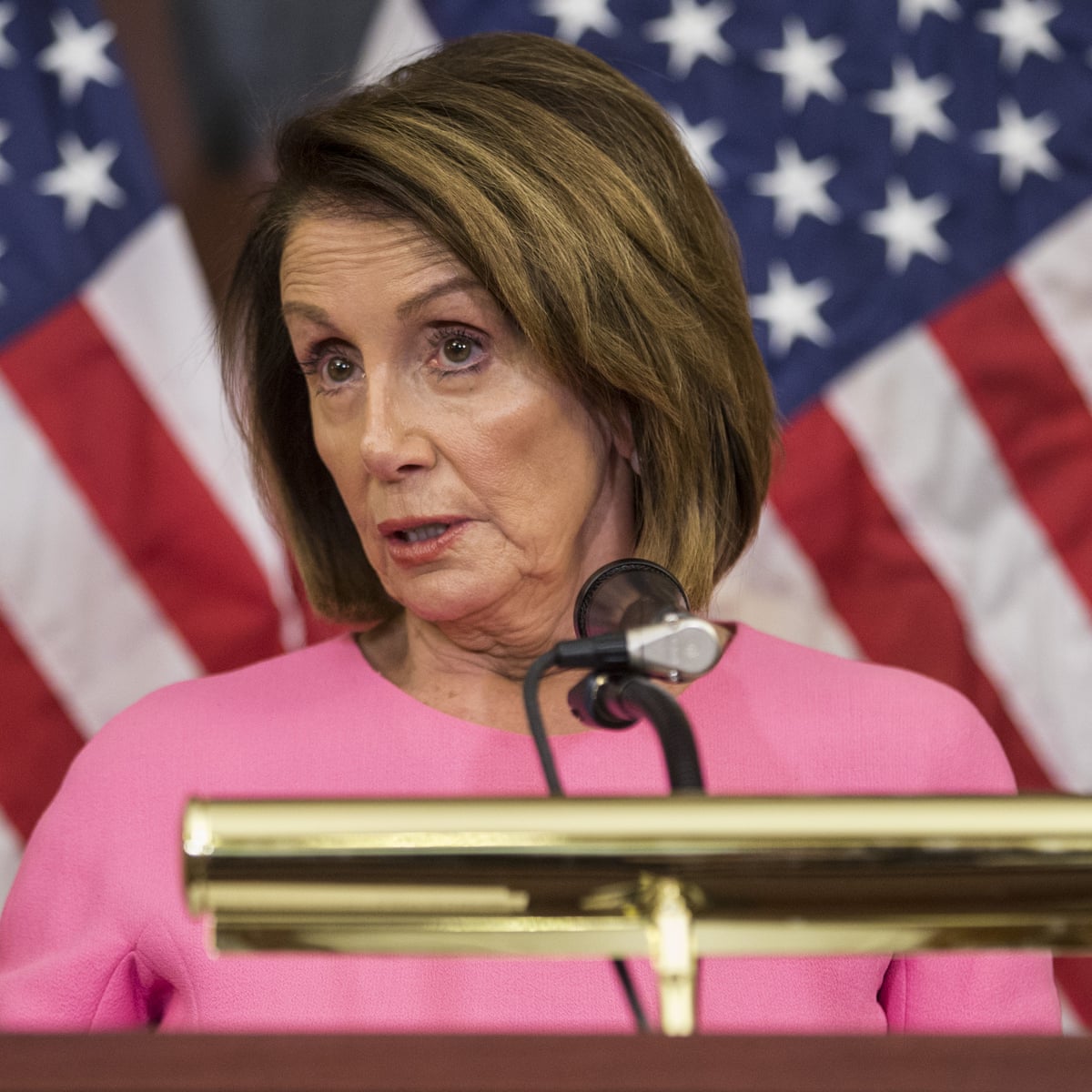House Of Representatives And Senate Election Process

In the house democrats have 199 seats and republicans have 188.
House of representatives and senate election process. The writs for general elections of the house of representatives are issued by the governor general acting with the advice of the executive council and specify the date by which nominations must be lodged the date for the close of the electoral rolls the date on which the poll is to be taken and the date for the return of the writ. The lower chamber the house of representatives has 435 voting seats each representing a district of roughly similar size. Firstly members of the house only serve two year terms.
Voters in the candidate s respective congressional district serve as the only people eligible to vote on their representatives. Congress has two chambers. 12 2020 democrats are favored to keep control of the house in november though.
Basically the candidate with the most votes wins. Party primaries are held first to determine who the individual political parties nominate as their candidate for the seat. There are elections in each of these seats every two years.
Term length aside the process for electing members of the house of representatives follows the standard for presidential and senate elections. Overview of the presidential election process an election for president of the united states happens every four years on the first tuesday after the first monday in november. While the senate is split into three classes with one class up for election every two years the entire house of representatives is up for election every two years.
The senate has 100 members elected for a six year term in dual seat constituencies 2 from each state with one third being renewed every two years. The senate runs a little differently. The plurality rule decides who wins the election.
Either side needs 51 seats to have a majority. Senators are elected for a six year term but house representatives only have two year terms before they need to seek reelection. Every member of the house is up for election or reelection every two years but the senate has a staggered system wherein only one third of the senators are up for election or reelection every two years.














